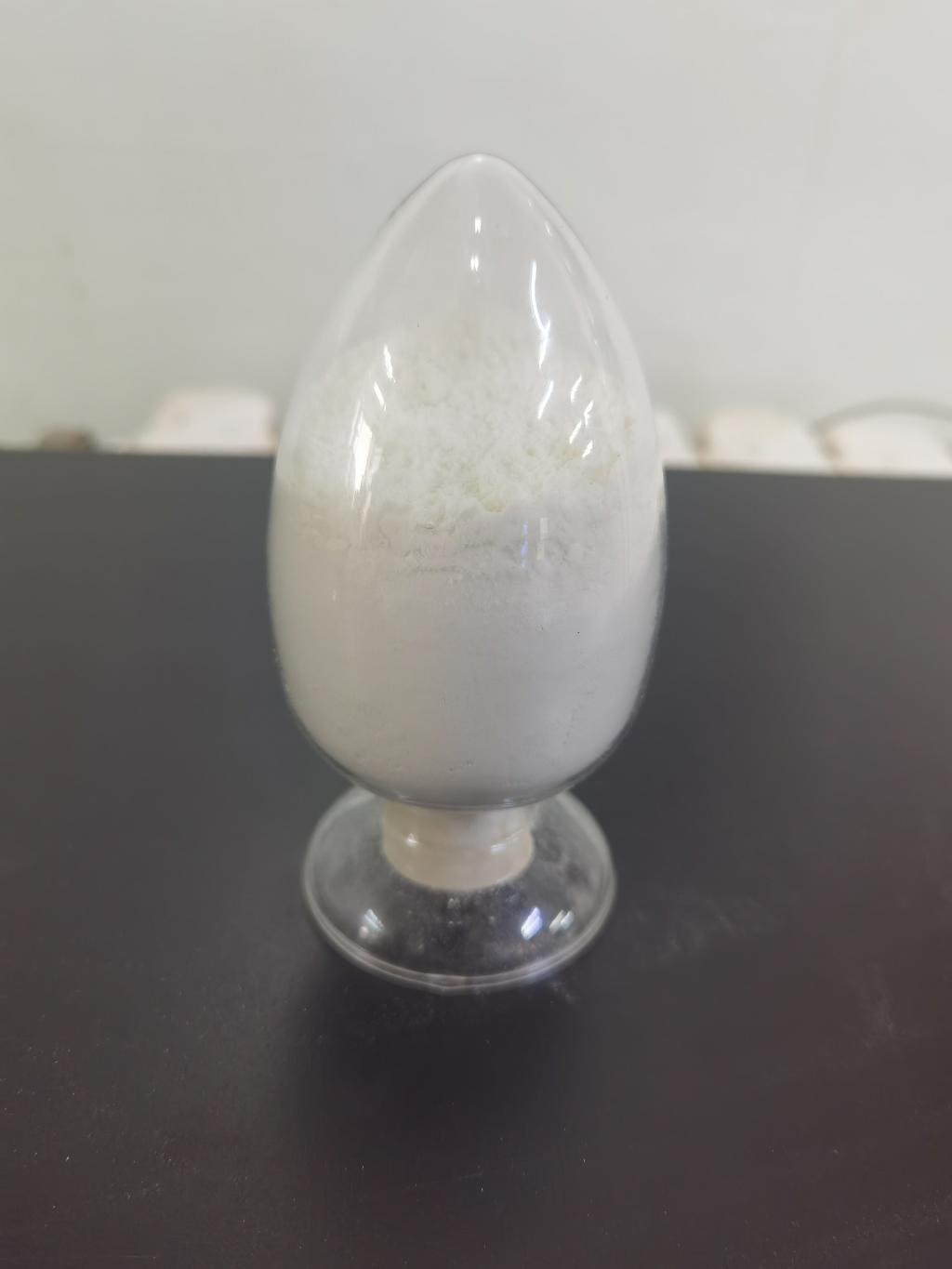Tel:+8618231198596

News
 CONTACT
CONTACT
 CONTACT
CONTACT
- Linkman:Linda Yao
- Tel: +8618231198596
- Email:linda.yao@dcpharma.cn
- Linkman:CHARLES.WANG
- Department:Overseas
- Tel: 0086 0311-85537378 0086 0311-85539701
News
Current Position:
Home >
News
>Assessing the potential of ε-Polylysine hydrochloride as a surface sanitizer.
Assessing the potential of ε-Polylysine hydrochloride as a surface sanitizer.
TIME:2024-05-06
Mechanisms of Action
ε-Polylysine hydrochloride exhibits antimicrobial activity through multiple mechanisms:
Cell Membrane Disruption: ε-Polylysine hydrochloride disrupts microbial cell membranes, leading to leakage of cellular contents and cell death.
Protein Inhibition: By binding to ribosomes, ε-Polylysine hydrochloride inhibits protein synthesis in microbial cells, preventing their growth and proliferation.
pH-Dependent Activity: The antimicrobial activity of ε-Polylysine hydrochloride is influenced by pH, with optimal activity observed under acidic conditions commonly found in food processing environments.
Applications in Surface Sanitation
ε-Polylysine hydrochloride has various applications as a surface sanitizer in food processing facilities, including:
Equipment and Utensil Sanitization: Used to sanitize food contact surfaces, equipment, and utensils to prevent cross-contamination and microbial growth.
Processing Areas: Applied to floors, walls, and other surfaces in processing areas to maintain a hygienic environment and minimize microbial contamination.
Packaging Materials: Incorporated into packaging materials to inhibit microbial growth and extend shelf life of packaged food products.
Benefits and Challenges
The use of ε-Polylysine hydrochloride as a surface sanitizer offers several benefits:
Broad-Spectrum Activity: Effective against a wide range of bacteria, yeasts, and molds commonly found in food processing environments.
Low Toxicity: ε-Polylysine hydrochloride is considered safe for use in food processing facilities, with low toxicity to humans and the environment.
Biodegradability: Biodegrades into non-toxic compounds, reducing environmental impact compared to traditional sanitizers.
Challenges associated with the use of ε-Polylysine hydrochloride include:
Optimization of Formulation: Determining the optimal concentration and application method of ε-Polylysine hydrochloride for effective surface sanitation.
Residue Concerns: Addressing concerns about the potential residue of ε-Polylysine hydrochloride on food contact surfaces and its impact on food safety.
Future Research Directions
Future research on ε-Polylysine hydrochloride as a surface sanitizer should focus on:
Efficacy Studies: Conducting comprehensive efficacy studies to evaluate the effectiveness of ε-Polylysine hydrochloride against various foodborne pathogens and spoilage microorganisms.
Safety Assessment: Further assessing the safety and potential residue of ε-Polylysine hydrochloride on food contact surfaces and its impact on food safety.
Optimization of Formulation: Investigating novel formulations and delivery systems to enhance the stability, efficacy, and ease of application of ε-Polylysine hydrochloride as a surface sanitizer.
Regulatory Considerations: Addressing regulatory requirements and standards for ε-Polylysine hydrochloride as a surface sanitizer in food processing facilities to facilitate market approval and compliance.
Conclusion
ε-Polylysine hydrochloride holds great promise as a surface sanitizer in food processing facilities, offering effective microbial control while addressing concerns about safety and environmental impact associated with traditional sanitizers. By leveraging its antimicrobial properties and favorable safety profile, ε-Polylysine hydrochloride can contribute to improved food safety practices and enhanced consumer confidence in the food supply chain. Further research and collaboration are needed to optimize its formulation, ensure efficacy, and address regulatory considerations for widespread adoption in food processing facilities.
- Tel:+8618231198596
- Whatsapp:18231198596
- Chat With Skype







